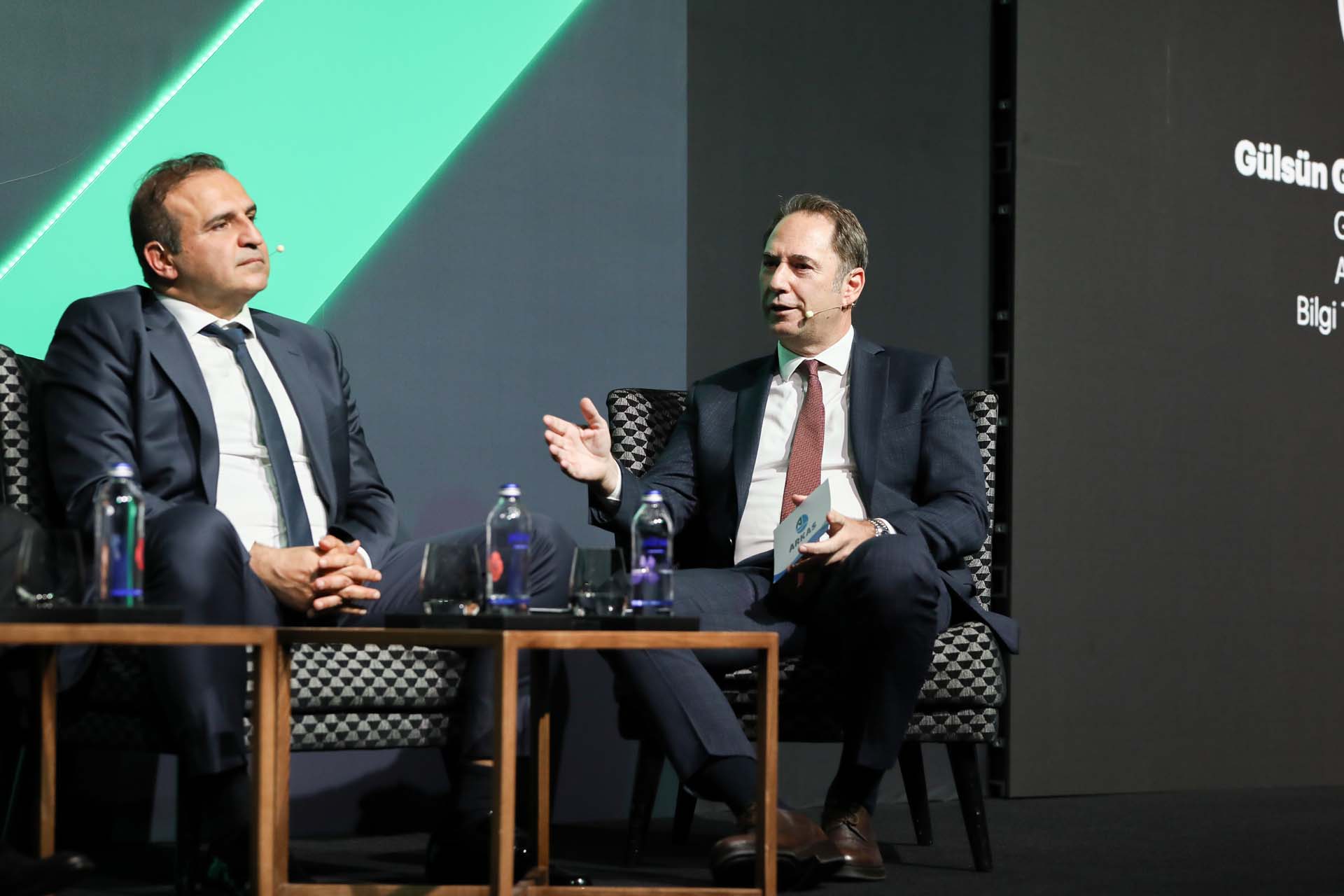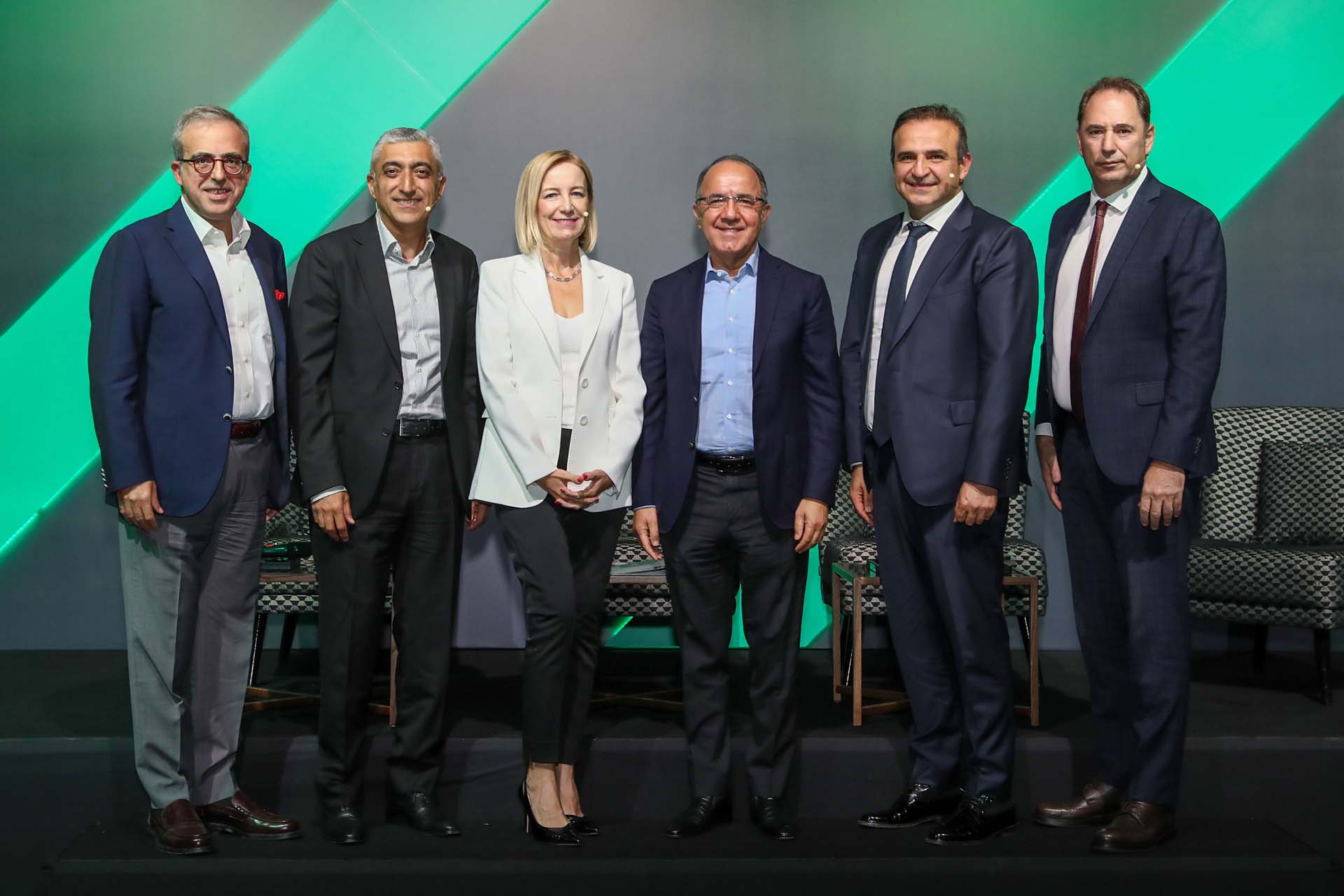HPE Innovation Day, where the role of artificial intelligence, hybrid cloud, and networking technologies in shaping the competitive advantage of the future was discussed, brought together leading figures of the industry. Speaking at the panel “At the Frontline of Transformation: Leaders and Speed,” Arkas Holding CIO Mert Oruz shared key insights on technology leadership, speed, strategy, and future vision.
At the HPE Innovation Day organized by Hewlett Packard Enterprise (HPE), participants discussed how artificial intelligence, hybrid cloud, and networking technologies will shape the competitive advantage of the future.
In one of the event’s standout sessions, the panel “At the Frontline of Transformation: Leaders and Speed,” Arkas Holding CIO Mert Oruz took part as a speaker. In his talk, where not only the technical but also the human side of technology was addressed, Oruz shared important insights on technology leadership, speed, strategy, and his vision for the future.

“You will decide the flow of the river”
Addressing what distinguishes technology leadership from other leadership roles, Oruz emphasized that this role serves as the strongest weapon in competition when it comes to an organization’s investment, strategic, and commercial decisions. Defining technology leadership as synonymous with constant change, he referred to Heraclitus’ saying, “You cannot step into the same river twice,” adding: “As a technology leader, you are the one who decides the flow speed of the river.”
He emphasized that the pursuit of speed in technology often tests the boundaries of quality and security, noting that maintaining agility through a risk-aware vision is essential. According to Oruz, this balance makes it possible to stay competitive without compromising quality, security, or performance.
“We must understand the different needs of each industry”
Touching on the balance between “quick solutions” and “long-term strategy” in managing a multinational and multi-sectoral structure, Oruz emphasized the necessity of deeply understanding the differing needs of each industry and the local regulations of each country. He noted that while IT policies are defined broadly with a long-term perspective, more dynamic policies are applied depending on the sector and country. Oruz underlined the importance of transparency in prioritization and of evaluating the long-term costs of short-term solutions.
Looking ahead, Oruz stated that for the next five years, the most critical skill for technology leaders will be the ability to understand emerging technologies and evolving business needs in order to create value. To young engineers, he offered this advice: “Be quick to recognize and solve your own mistakes and needs but take the time to listen to and understand your teammates.”


